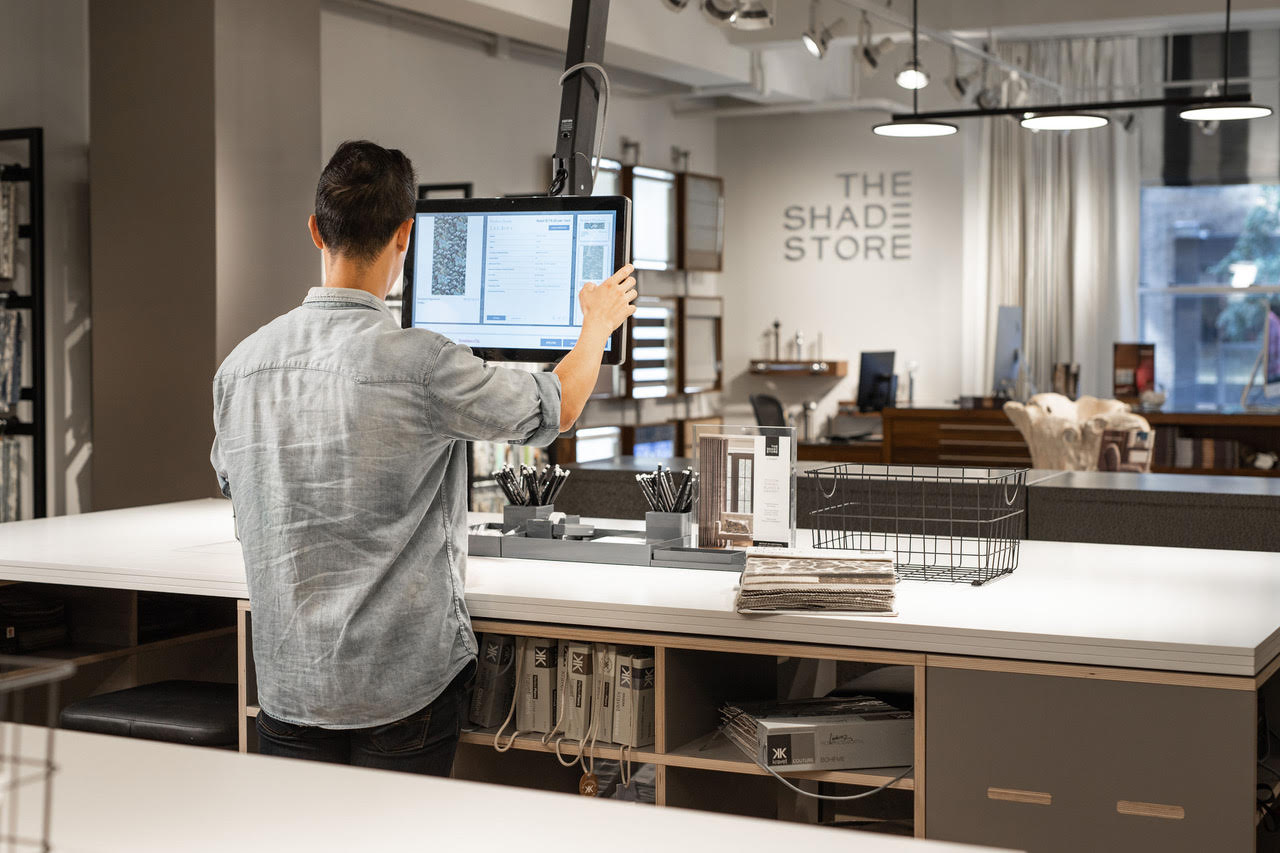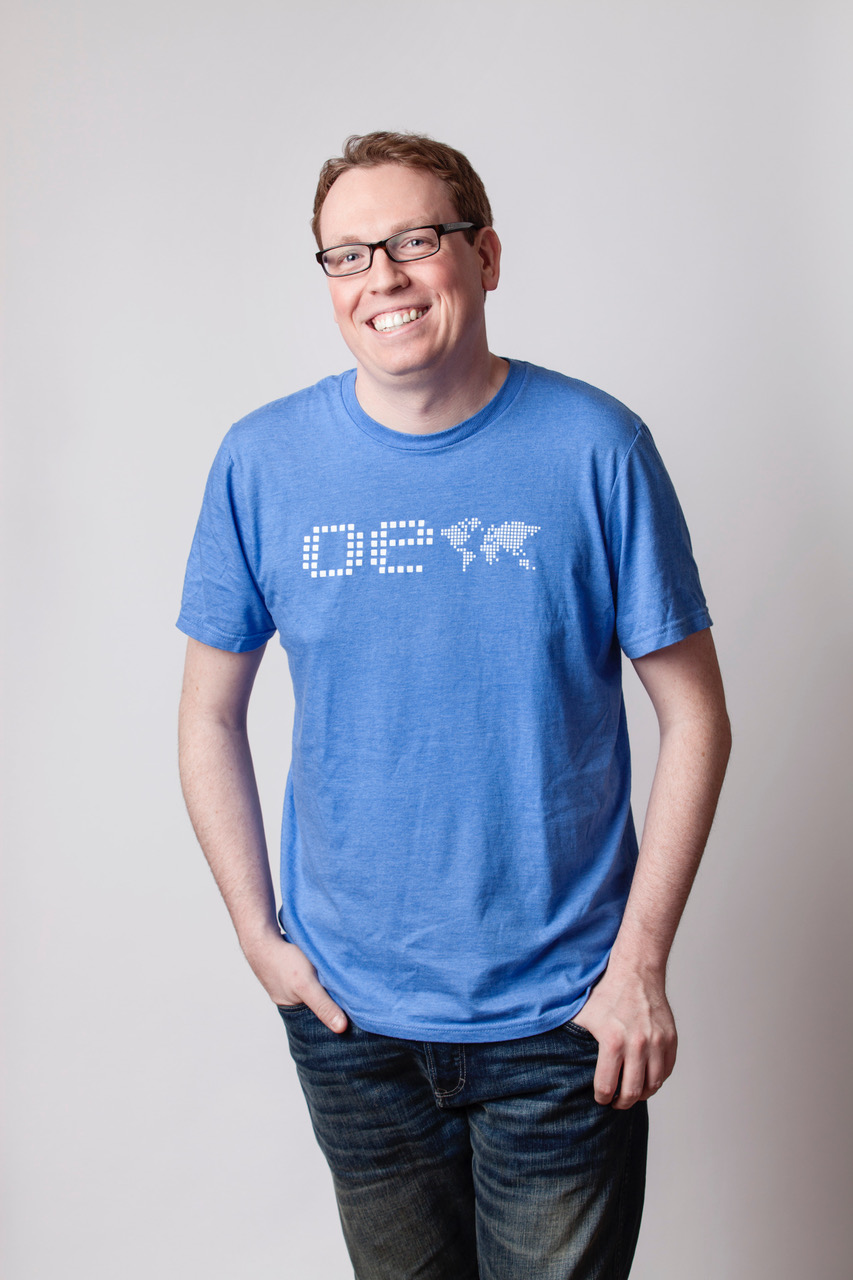The Blurred Lines of Collaboration and Design in AV
Content Providers Greatly Enhance an Integrator’s Offering
Maybe it’s time we redefine the role of an AV integrator. Google the phrase “What is an AV integrator?” and you’ll discover this carefully crafted definition: “An often-overlooked solution is the audiovisual (AV) integrator. IT management and AV integration are complementary fields, as they are now interconnected in many environments. AV is a distinct specialty trade, and integrators are highly trained professionals, knowledgeable in video and audio technologies and how they can all work together.”
[Download the 2020 Digital Signage Best Practices Guide]
The article goes on to mention specific services related to the profession the likes of solution design, equipment installation, and content design. There is a lot to digest in that statement, but more specifically the intriguing mention of content design as an offering. The perception it casts brings into question the topic “What role should AV integrators have when it comes to offering content design and related services?”
Collaborative Ecosystems Lead to Success
The lines are blurred even more so today for AV Integrators as it’s not necessarily clear who should be responsible for what aspect of a project. A variety of agencies (both digital and physical) are becoming sufficiently capable to handle even the most complicated executions. However you choose to interpret this paradigm shift, content is at the core of every solution, digital experience, and systems integration. But where should the responsibility lie for content design and what is the best approach? To a degree it has evolved into a service that is offered by some AV integrators out of necessity rather than as a valued service. Often overlooked are the intricacies that lead to a lack of interest in creating a collaborative ecosystem. It’s a breakdown in acknowledging that one organization is incapable of handling everything. Unfortunately, with this mentality clients suffer because their needs are not being properly addressed or executed in a deserving manner.
Integrators Should Always Take the Lead
Collaborative ecosystems are a necessity in an industry where each project presents its own unique challenges. What is missing from the earlier definition is the word “collaborates.” An integrator really should be defined as someone who collaborates with different groups (or agencies) on the integration of systems (software and hardware) and services. An integrator should be held responsible for the successful integration even if that includes using multiple groups to execute. That openness to collaboration makes it easier to position the responsibility of services—especially content design. Why offer something as a service if you are not going to properly build a team to support it? At the very least you owe it to your clients to make the recommendation to involve another party who is more suited to deliver the service.
Integrator and Content Design Partnership Considerations
Speaking of content design as a service, there are several sub-services an integrator should consider offering to clients. Doing so will can provide value for the client, as well as a revenue stream for the integrator via a defined partnership.
Content Management: Content Management is a service that should not have a “unlimited updates for $99 a month” tag line to it. If that is your definition please change it now. This is a perfect opportunity for collaboration with an agency. One aspect of this service includes the way in which the CMS (content management system) is managed (i.e., data triggers, meta tags, video indexing). The second element is offering a strategic approach to aligning all content elements with the objectives and goals of a specific environment. Don’t take for granted that your client has an understanding on how all the moving pieces come together; there needs to be a strategy and team behind it to execute.
A daily selection of the top stories for AV integrators, resellers and consultants. Sign up below.

Content Design: Owning a license to Adobe Creative Cloud doesn’t make you an actual designer. Successful designs only come through collaboration. It should be not only a back-and-forth conversation with the client, but also with the integrator. Designers need advice and guidance as they go through their process: What resolution to design at? What processing power is needed for video? The list of questions goes on, but providing that kind of guidance is invaluable and also necessary. There is more to content design than just “designing” something to appear on a screen. The backend system and even suggestions on the design approach help lead to a successful execution.
Engagement Strategy: What makes an experience unique and inviting for the audience? It’s a challenge we all face with every engagement. It’s a challenge of creating a balance to determining what aspects are dependent on the technology and how that impacts how the content is designed.

Physical Integration: The way in which technology is integrated into an environment has a significant impact on content design. From understanding of distance and relativity to sight lines, as well the positioning next to other elements, need to be identified. The knowledge integrators have on each aspect is invaluable to a content design agency.
Collaboration leads to great experiences! There is an honesty we need to adopt as an industry that allows us to not only have an opportunity to work on a project, but to also deliver superior services by those who are in the best position to leverage their expertise. Content designers need integrators, and the converse is also true. Not one group has the ability to deliver on all fronts without sacrificing something. The dialog between these two distinct, but related, service providers is transforming to a stronger and more collaborative tone that is better for both the entire industry as well as the end user.
As the founder and CEO of OpenEye Global, an experience design agency, Bryan Meszaros' purpose is to help organizations successfully implement digital brand activations within physical environments. Meszaros is an adjunct professor role at Seton Hall University for Experiential Design, the past president and current member of the Board of Directors for SEGD, and was the keynote speaker at the 2019 AV/IT Summit.

